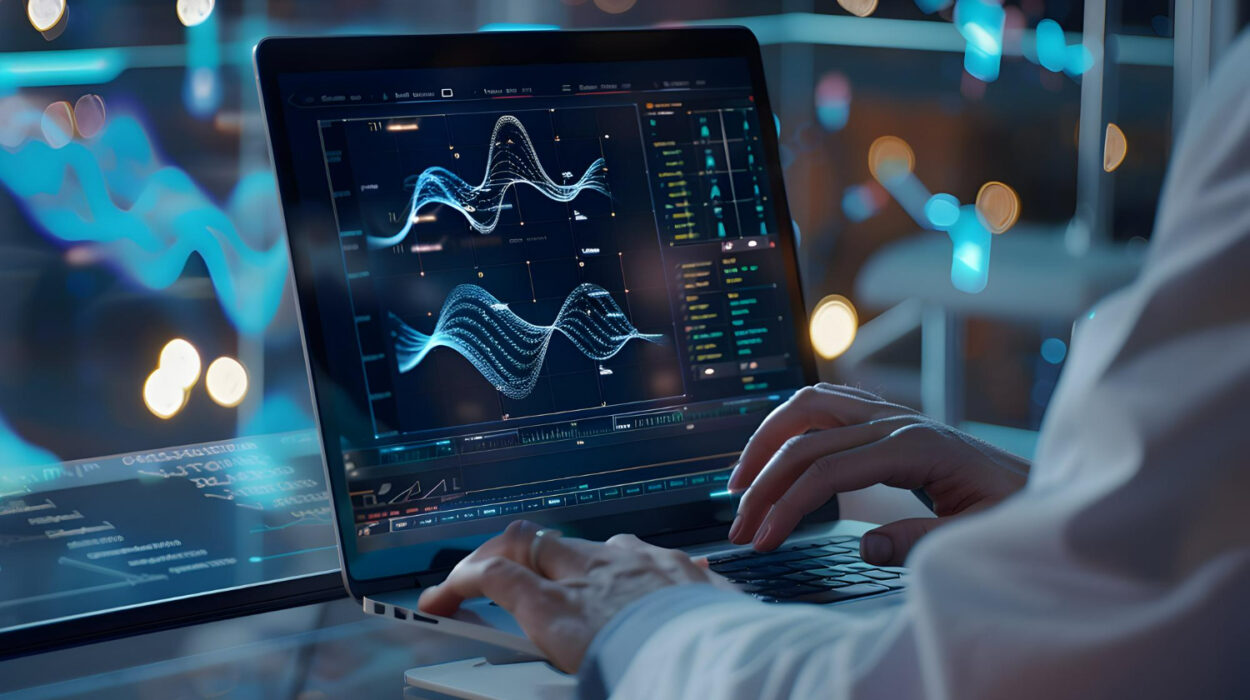Alan Turing introduced a groundbreaking mathematical model known as the Turing Machine, which represents an enhanced version of the PDA and boasts significantly greater computational power.
While a PDA falls short in recognizing context-sensitive languages such as {aⁿ, bⁿ, cⁿ: n ∈ N}, the Turing Machine stands out as a versatile entity capable of recognizing all language types. These include regular languages (derived from regular grammar), context-free languages (derived from context-free grammar), and context-sensitive languages (derived from context-sensitive grammar). Additionally, it can handle languages generated from unrestricted grammar. The Turing Machine is a theoretical construct with the ability to simulate any computer algorithm, no matter how intricate.
What is a Turing Machine (TM)?
A Turing Machine (TM) is characterized as a finite-state machine featuring an infinite tape and a tape head with the ability to read or write.
Definition: A Turing Machine (TM) is defined by a seven-tuple
M = (Q, Σ, τ, δ, q, B, F)
Where,
- Q represents the set of finite states.
- Σ denotes the set of input symbols (Σ is a subset of I, excluding B).
- τ signifies the set of tape symbols.
- δ entails transitions from Q x τ → Q x τ x {L, R}.
- q ∈ Q designates the start state of M.
- B is a special symbol indicating a blank character.
- F is a set of final states.
Transitions: The transition function accepts two parameters: a state and a tape symbol, returning a new state after modifying the tape symbol and repositioning the read/write head to the left or right.
The transition function is expressed as:
δ(state, tape symbol) = (next state, tape symbol, move towards Left/Right)
Types of Turing Machine
In addition to the Turing machine we’ve previously explored, there exist several other types of Turing machines. These include Turing machines with multiple tapes, Turing machines with one tape but featuring multiple heads, Turing machines with two-dimensional tapes, non-deterministic Turing machines, and more. It’s important to note that all these variations of Turing machines possess equal computational power. In essence, any computation achievable by one type of Turing machine can also be carried out by another.
1. Multi-tape TM
Multi-tape Turing machines are equipped with multiple tapes, each featuring a distinct head. The setup comprises a finite control with K tape heads and K tapes, where each tape is infinitely extendable in both directions. Every head has the capability to move independently of the others. Initially, the input resides on one tape, while the rest remain blank. The machine reads symbols under its heads successively, printing a symbol on each tape and moving its head accordingly. In a single move, depending on the finite control’s state and the symbol scanned by each tape head, the machine can:
- Change the state
- Print a new symbol on each cell scanned by its tape heads
- Move each of its tape heads independently from one cell to the left or right.
2. Non-deterministic TM
A non-deterministic Turing machine extends the concept of a standard TM, where each configuration may lead to none, one, or more than one next configuration. Unlike deterministic Turing machines, which follow a sequence of configurations, the computation of a non-deterministic TM forms a tree of configurations reachable from the start configuration. For a given state and the tape symbol observed, the machine has multiple choices for the next move, involving a unique state, a tape symbol to print, and a direction of head motion. If the input is accepted by at least one path among the various possible paths, then the input is accepted by the TM.
3. Multi-dimensional TM
A Multi-dimensional Turing machine encompasses a finite control and a tape featuring a K-dimensional array of cells, extending infinitely in all 2K directions. The device changes state, prints a new symbol, and moves its head based on states and symbols scanned. Initially, the input aligns along one axis, with the head positioned at the left end of the input.
4. Multi-head TM
A Multi-head Turing machine is a single tape TM equipped with multiple read-write heads. However, only one head can be used in every state. Heads are numbered from 1 to K, resulting in a partition of states Q, Q, … Where each Q contains the set of states using the ith head. The TM’s move depends on the state and the mark scanned by each head. In one move, the heads can move independently to the left or right.
FAQ
What causes a rainbow to form?
Rainbows are formed when sunlight is refracted, or bent, in raindrops, creating a spectrum of colors.
Why are there seven colors in a rainbow?
The seven colors of the rainbow are a result of the way light is refracted in raindrops, separating sunlight into its component colors.
Are the colors of the rainbow always in the same order?
Yes, the colors of the rainbow always appear in the same order: red, orange, yellow, green, blue, indigo, and violet.
What is the significance of the colors of the rainbow?
The colors of the rainbow are often used to symbolize diversity, peace, and harmony. Each color is also associated with different meanings and emotions.
Can you see a rainbow at night?
Rainbows are typically formed when sunlight shines through raindrops, so they are more commonly seen during the day. However, it is possible to see a moonbow, which is a rainbow that occurs at night when moonlight is refracted in raindrops.
Are there other types of rainbows besides the traditional seven-color rainbow?
Yes, there are several other types of rainbows, including double rainbows, supernumerary rainbows, and circular rainbows. Each of these types of rainbows is formed under specific conditions and can display different patterns of colors.



